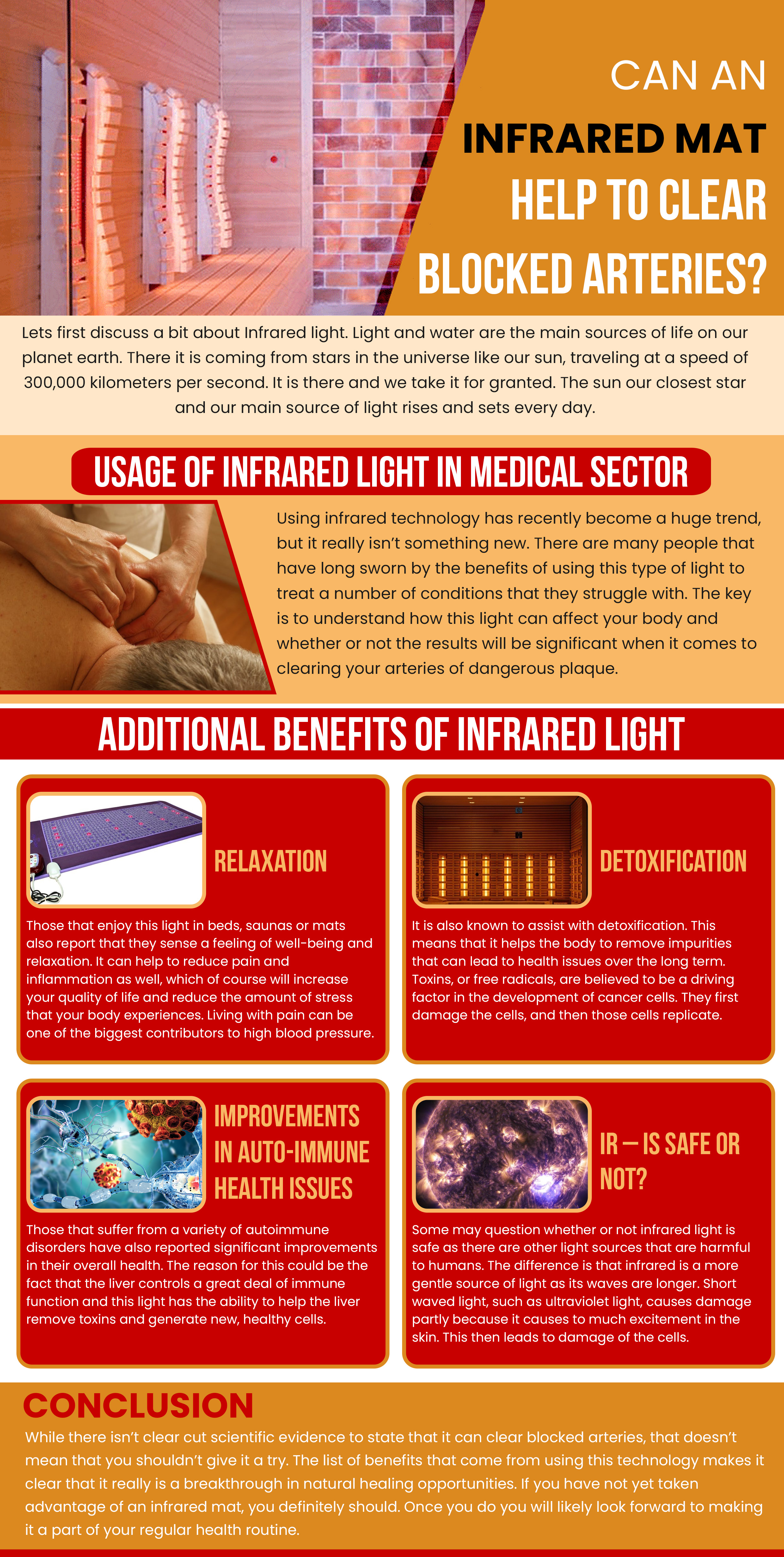Introducing The Future Of Physical Fitness: Taking A Look At Human Optimization Facility'S One-Of-A-Kind Method
Introducing The Future Of Physical Fitness: Taking A Look At Human Optimization Facility'S One-Of-A-Kind Method
Blog Article
Article By-Franco Abdi
In a swiftly advancing health and fitness landscape, the Human Optimization Center's strategy represents a standard change in making best use of human capacity via a thorough, tailored methodology. By combining advanced female upper back pain causes with tailored techniques incorporating physical, mental, and emotional facets, the HOC uses a glance into a future where individual optimization is the foundation of physical fitness. This innovative approach challenges standard fitness norms by redefining the borders of what the human body and mind can achieve, promising a transformative journey towards unrivaled well-being and efficiency.
Development of Fitness Approaches
The evolution of fitness techniques has been driven by improvements in scientific study and innovation, shaping exactly how people approach their physical health in modern culture. In the past, fitness routines were frequently generalised, concentrating on standard exercises and nourishment standards. Nevertheless, with the assimilation of scientific research, fitness approaches have actually ended up being extra personalized and effective.
Today, health and fitness programs are customized to people based upon factors like genetics, metabolic rate, and certain health goals. Scientific researches have revealed the importance of aspects such as rest, stress and anxiety administration, and healing in optimizing health and fitness end results. Therefore, modern health and fitness methods currently stress alternative approaches that include not only workout yet additionally mental well-being and way of living practices.
Furthermore, view has actually transformed the means fitness is kept track of and tracked. Wearable gadgets, fitness applications, and on-line systems give individuals with real-time data on their development, enabling them to make educated decisions about their health and fitness goals. This combination of science and technology has actually paved the way for a new age of individualized and data-driven health and fitness strategies.
Modern Technology in Training Programs
Utilizing innovative technology has actually revolutionized the landscape of training programs, enhancing the efficiency and effectiveness of health and fitness regimens for individuals looking for ideal efficiency and results. Modern health and fitness facilities currently incorporate innovative devices like wearable health and fitness trackers, smart tools, and virtual reality simulations right into their training programs. These modern technologies give real-time data on different facets of exercise such as heart rate, calories shed, and workout intensity, allowing trainers to tailor programs to individual demands precisely.
Furthermore, virtual reality (VR) training programs use immersive experiences that can mimic real-world environments, including an aspect of fun and interaction to exercises. This not only motivates people to push their restrictions but additionally helps in reducing the uniformity often related to standard workout routines.
Furthermore, online systems and mobile applications have made physical fitness much more available by using digital training, exercise plans, and nourishment support at the touch of a switch. These tech-driven options enable people to track their progression, remain accountable, and make educated choices concerning their physical fitness journey.
As modern technology remains to advance, the future of training programs looks appealing in maximizing human efficiency and accomplishing wanted physical fitness goals.
Maximizing Human Potential
Taking advantage of the full capacity of the body calls for an extensive approach that incorporates physical training, psychological conditioning, and customized methods for optimal efficiency. By focusing on optimizing human possibility, the Human Optimization Facility (HOC) highlights a holistic technique that thinks about the interconnectedness of physical, mental, and emotional health.
Physical training plays an essential function in taking full advantage of human possibility. With customized exercise regimens, stamina training, cardiovascular exercises, and adaptability drills, people can improve their physical abilities and attain peak performance degrees. In addition, correct nutrition and remainder are necessary components that support physical training and general well-being.
Mental conditioning is another crucial aspect of taking full advantage of human potential. Methods such as visualization, mindfulness, goal-setting, and stress monitoring aid people grow a resilient way of thinking, enhance focus, and improve psychological clarity. By training the mind to stay favorable, focused, and disciplined, individuals can get rid of obstacles and perform at their best.
Customized strategies further improve the optimization process by customizing approaches to specific needs, objectives, and capabilities. Via tailored evaluations, data-driven understandings, and continuous changes, individuals can optimize their training, nutrition, and way of life choices to unlock their complete possibility.
Conclusion
To conclude, the Human Optimization Center's method to fitness combines progressed modern technology, tailored methods, and an all natural method to maximize human capacity.
By integrating physical training, psychological conditioning, and tailored exercise regimens, the HOC focuses on improving physical capabilities, psychological clarity, and emotional health.
Via an individualized strategy consisting of toughness training, cardio exercises, versatility drills, visualization, mindfulness, and stress administration techniques, the HOC aims to unlock individuals' complete potential and enhance their general health.
